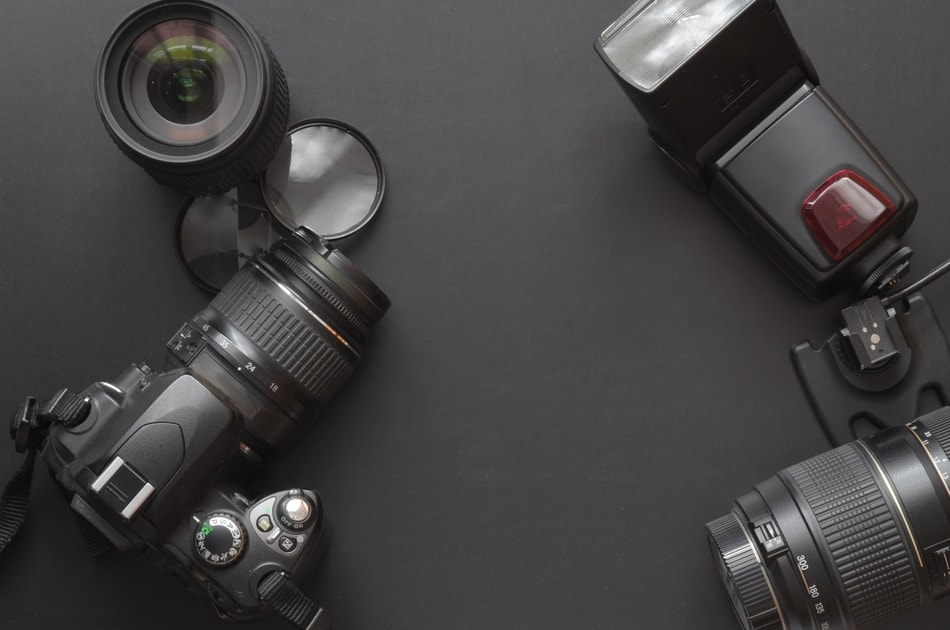How to Make the Most of the Gear You Already Have
A few weeks ago I wrote about the problems of having Gear Acquisition Syndrome, whereby we constantly crave new gear. Moving on from that (if you can!), it’s important to think about how to make the most of the gear you already have.
Usually, there’s nothing intrinsically wrong with your existing gear but, if you’ve had it for a while, it can start to feel a little tired. Here are some tips to help you get the most out of your gear.

New gear won’t magically improve your images
There can be a real mind set amongst both amateur and pro photographers that buying that one new camera or lens will suddenly satisfy all their photo wants and needs. But in truth, it’s not spending money that makes a better photographer – it’s spending time getting to know and understand the art of photography.
Having an eye for an amazing image is something that can’t be bought. Wonderful images can be created with the most basic of cameras because, at the end of the day, it’s you the photographer who’s providing the inspiration for the imagery. Cameras are just a tool of the trade.
The basic tenets of photography haven’t changed
We all know digital cameras are extremely clever beasts, which come with a huge array of features. But the basic rules of photography haven’t changed since the days of film. The exposure triangle of ISO, shutter speed and aperture still remain the vital ingredients to getting a correctly exposed image.
In addition, aperture also controls depth of field, which is the key to choosing the right ‘feel’ for your work. All DSLRs and mirrorless cameras have these manual options and spending more money isn’t going to make any difference in this respect!
Lenses
Chances are that if you’re like most photographers, you’ll want more lenses in your kit. And it’s certainly true that good optics are worth their weight in gold. But truthfully, you don’t need a lot of lenses and most of us pros have honed our kits down to just contain the absolute essentials. There’s the old adage as well that you don’t need a zoom lens when you’ve got two legs that can walk you nearer to or further away from a subject! Whatever lenses you already own though, you can get the best out of them by following a couple of simple steps.
Firstly, if the lens is a kit lens or not of the highest quality, don’t use it at its extremes – i.e., at its maximum aperture or the very edges of its focal capabilities (if it’s a zoom lens). In addition, every lens has a ‘sweet’ spot, which is the aperture that it’ll be sharpest at, so it’s worth doing a little research into this.
Accessories
Aah, if only photography only consisted of a camera and a lens. Most of us photographers have a million and one accessories lying around – from lighting through to memory cards. For the main part, it’s pretty obvious how to make the most of accessories – you just need to use them!
Flashguns can cause a few problems though. The light from a flashgun is pretty hard and needs softening to create a more flattering effect. One of the most important things you can do with your existing flashgun is to simply take the time to learn how to use it properly. By learning how to control and modify the power of the flash, you’ll instantly be able to improve your imagery. Oh, and if you need a cheap way to help diffuse the light, you can make a simple diffuser from white card or even paper and simply tape it to the top of your flash!
Par it down
It might sound odd when talking about how to get the best out of your existing gear, but it’s worth taking a look through the kit you have and paring it down to the kit you actually use.
It’s very easy to keep a kit that we might use one day, but just ends up gathering dust. Having a spring clean helps focus you on actually using the equipment you already have. Plus, you might find some stuff that you can sell on, which means that you have a legitimate reason to go out and buy something that you’ll actually use.
So, to conclude, take the time to get to know your equipment instead of lusting after new products. And never forget that it’s you that makes the image – your gear just helps you get there.
